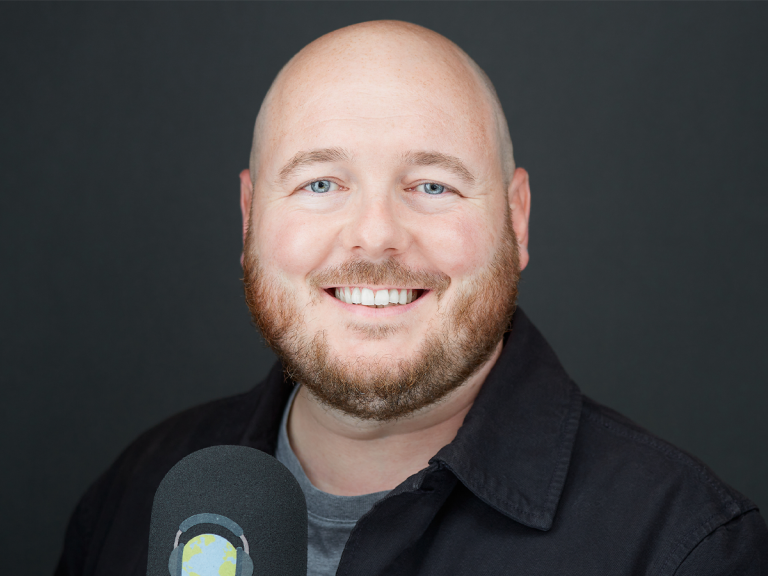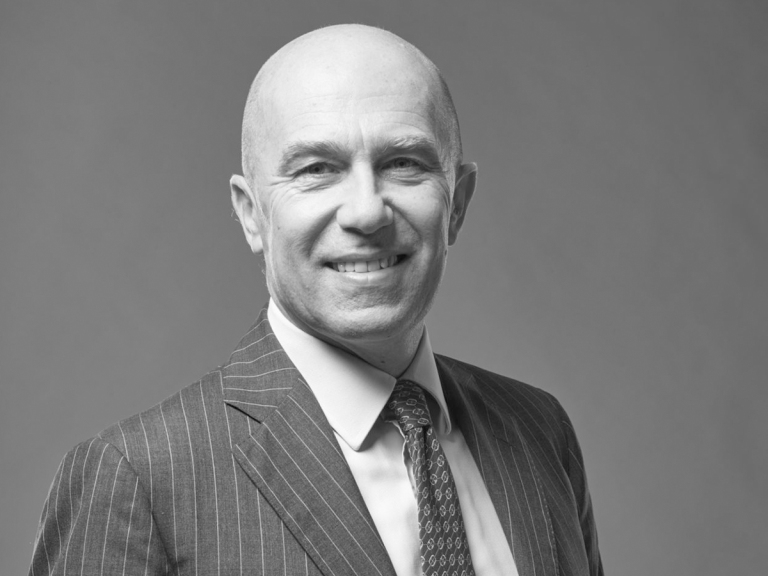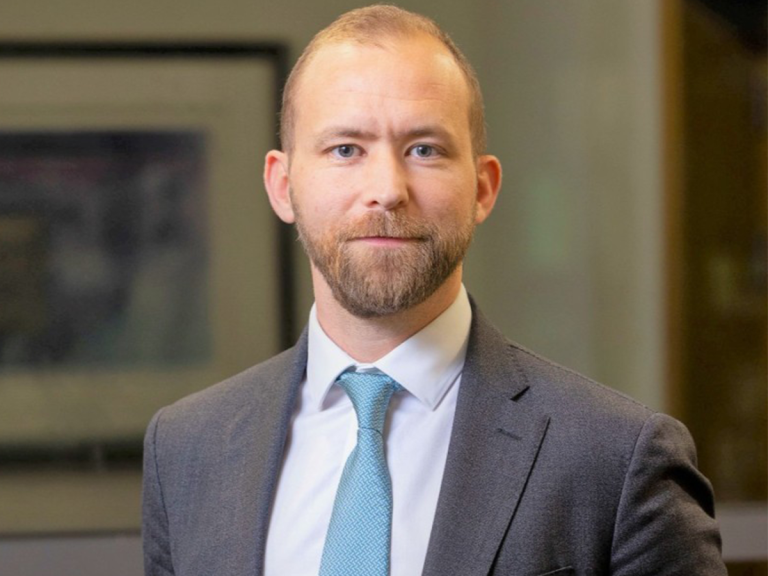Malta’s HighDome PCC targeting healthy business growth
French success should inspire UK effort, but ambition must not be limited
GCP #115: FERMA Forum 2024, Italian developments and new domiciles
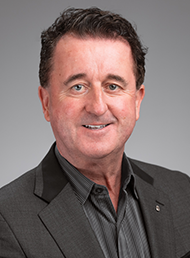

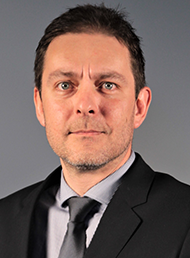

In episode 115 of the Global Captive Podcast, supported by the EY Global Captive Network, Luke brings a report from the FERMA Forum 2024, held in Madrid in October.
01.03 – 03.21: Stephen Cross and Chris Sutton, at McGill & Partners, discuss captive trends in Europe and reinsurance strategies.
04.07 – 09.30: Enrico Guarnerio, CEO of Strategica Group and president of SRS Italy, explains the latest developments in Italy and the potential of the domicile should the government and regulator create a bespoke captive regulatory regime.
09.47 – 14.28: Laurent Nihoul, chair of FERMA’s captive initiative and group head of insurance at ArcelorMittal, gives his opinion on the domicile proliferation trend in Europe.
14.45 – 19.43: Maurizio Castelli, CEO or Augustas Risk and former FERMA president, discusses the global risk challenges facing organisations and the growing role for captives and alternative risk transfer.
For the latest news, analysis and thought leadership on the global captive market, visit Captive Intelligence and sign up to our twice-weekly newsletter.
Italian captive regime required to allow local market to “explode”
SRS continues Luxembourg expansion
A virtuous circle for EU Captives

A Europe-wide ‘level playing field’ for captive insurers has been on the European Union’s regulatory agenda for ages. Now an ‘Opinion’ document from EIOPA, the European Insurance and Occupational Pensions Authority, has pushed discussion about such a regime into the credible forefront.
Meanwhile, a shift in corporations’ motivations for adopting a captive as part of their risk management strategy makes a unified set of European rules for captives more attractive. That, in turn, reinforces the appeal of captives themselves, to create a rare circle of virtue.
Prima facie, a harmonised captives regime should be attractive to owners, so long as Europe’s proposed regime makes EU countries attractive domiciles relative to less-regulated or lower-taxed alternatives.
At the very least, it would allow Total to operate a French captive, and BMW a German one, without being penalised for national loyalty. Equally, it would remove frictions for non-EU companies which choose the local captive approach to manage their non-European risk exposures.
Plus, a harmonised regime that delivers a multi-nation, single passport, competitive captive regime would surely facilitate greater risk sharing between European corporations, because it would make reciprocal cession of captive-assumed risks between European captive insurers much less cumbersome.
That would allow managers to achieve greater risk diversification without suffering the administrative and compliance costs associated with multi-jurisdictional exchange.
Now, when a unified regime looks closer than ever, an evolutionary change in the use of captive insurers may make Europe’s mooted harmonised captive insurance regulation and solvency system even more attractive.
Why Captives?
Since the first captive was formed more than a century ago, owning one has been primarily a financial play. The key justification for forming a captive insurer and covering your own risks hasn’t changed: it’s the ability to spend tax-deductible insurance premiums while the benefits of the risk fund accrue back to you, rather than to a third-party insurer. When risk-free rates of return are high, captives are even more attractive.
Secondarily, captives allow corporations to gain direct access to sophisticated global reinsurance markets, where risk changes hands at lower premiums. That means corporations with captives don’t have to pay a share of insurers’ retailing expenses.
Over the years, requirements that captives look more like regular insurers through risk sharing (typically facilitated by broker-managers) has made them more attractive still.
Risk sharing adds significant diversification benefits to each closely held risk pool. That in turn makes the financial benefits of captive ownership even greater, without affecting their fundamental utility as an insurance vehicle for their owners.
Hard Times
Those benefits remain, but the motivation for using a captive has broadened for some owners. The current hard market for commercial insurance has been building for several years, and is now at its peak.
This time around the top of the cycle may be sustained somewhat longer than expected a few months ago, following visits to Florida by hurricanes Helene and Milton.
As always, high insurance prices have spawned captives. However, more than pricing cyclicality has driven the recent unhappy experience of the many corporations that were unable to obtain insurance for some risks at anything like a reasonable cost.
Reinsurers used the hard market to impose a long overdue upwards change to the minimum level of risk their insurance-company clients must retain on their own books before excess of loss reinsurance kicks in.
At the same time, they’ve reduced the amount of ‘whole account’ large loss protection they sell to each other, preferring now a ‘named perils’ approach which has left some reinsurers exposed to specific large losses, and therefore inclined to exclude them from their clients’ treaties. Together these changes have left insurers holding a bag full of risks which they’re used to handing off.
Exacerbated in part by climate change, the insurers began to face greater numbers of larger claims for perils like flood, hailstorm, and wildfire.
In some cases in the United States, state regulation has even kiboshed their ability to increase insurance prices in response. Squeezed between rising claims and retreating reinsurance protection, some insurers responded by withdrawing some types of coverage, ramping up prices dramatically, or insuring only higher loss layers.
Back to Basics
That combination of actions has made captives much more attractive. They provide an invaluable source of insurance coverage when it is unavailable or uneconomic on the open market. They also deliver a risk-sharing methodology akin to an old-fashioned risk retention pool, rather than a simple instrument for the improvement of financial performance. In other words, the fundamental purpose of captives – to insure risks – has in some cases become the primary incentive to have them.
It is not just the change in the weather that has made insurance hard to come by, and therefore made captives more attractive. The evolution of working and living practices has also had a role to play.
To take just one example, in the past, when consumers wanted to buy something, they drove to a shop in a vehicle they insured themselves. Now they’re highly likely to shop online, and have their item – or even their weekly groceries – delivered in a vehicle owned and driven by someone else.
For reasons we won’t consider here, insurers often find delivery drivers unappealing to insure. They may feel the same way about rideshare drivers, private accommodation rental services, and swathes of other innovations which have become integral to our changing economy.
Captives have jumped to the fore as a source of cover and risk diversification, and it’s something of a game-changer. The different nature of the coverage is key here. Travel claims, for example, are often small and frequent, such as losses of luggage or minor trip cancellations.
Severe weather claims tend to be larger, and less common. That means a captive’s day-to-day action is more intensive when it insures the new-economy risks that conventional insurers may struggle with. It becomes a much busier organisation.
(Some longstanding captives, like extended warranty insurers owned in the motor manufacturing sector, are frequency insurers, but they are much less common, and remain primarily financial plays, and their use too is itself extending.)
What, I hear you wonder, does this have to do with European captive regulation?
The answer is simple. As captives become a business utility used daily, rather than a financial play, their smooth functioning is essential.
When doing cross-border business within the single market (whether as a local or as a foreign company), a simplified set of rules will be dramatically more efficient, especially when a higher volume of claims means you must comply with them more often.
As an aside, the shift in usage also means that owners will need to rely even more on their many different service providers and vendors for the variety of expertise that makes their captive run smoothly. The mix includes brokers, managers, third-party claims administrators, and treasury services providers.
Each improves the services the captive receives and offers, allowing them greater flexibility as to how their captive can be used. For new formations (which are booming), they help break down barriers to entry – regulatory and financial.
They can catapult all captives into the top echelons of insurance service, matching those delivered by companies in the conventional insurance market.
Captives will, of course, continue to require full control and transparency, especially over their claims funds. Companies like Vitesse offer that in a balanced way, easing significantly the need to capitalise loss funds while leaving control and oversight of the money to owners.
They deliver real-time data that shows how it’s working. As more captives become a tool for day-to-day insurance and claims, instead of a financial play, such services are even more important.
The harmonisation of regulation across the European Union can only make captives a more attractive risk transfer mechanism for companies which wish to use them for their fundamental purpose, insurance. I expect that, in turn, will spur more formations and applications, as captives become easier to launch and operate, and the captive sector, with all its stakeholders and participants, operates in efficient harmony.

